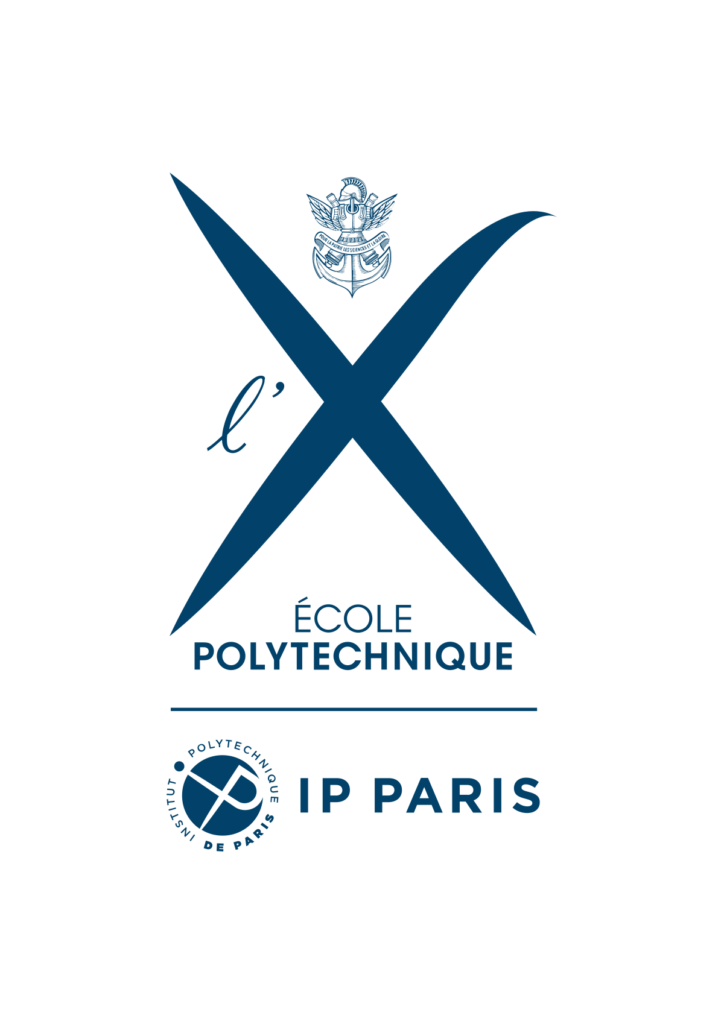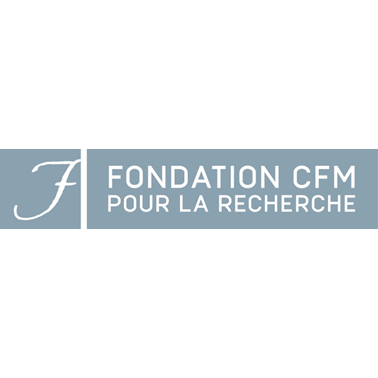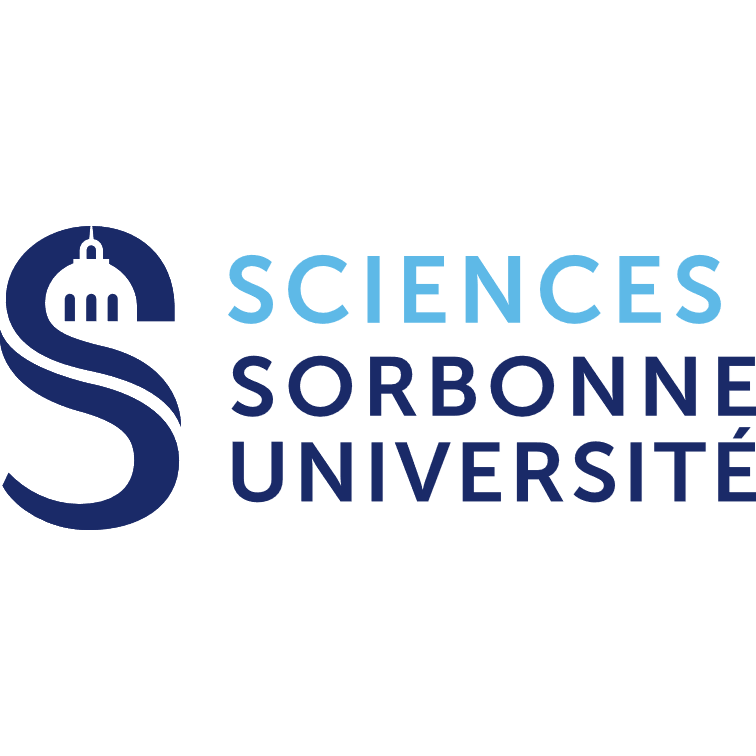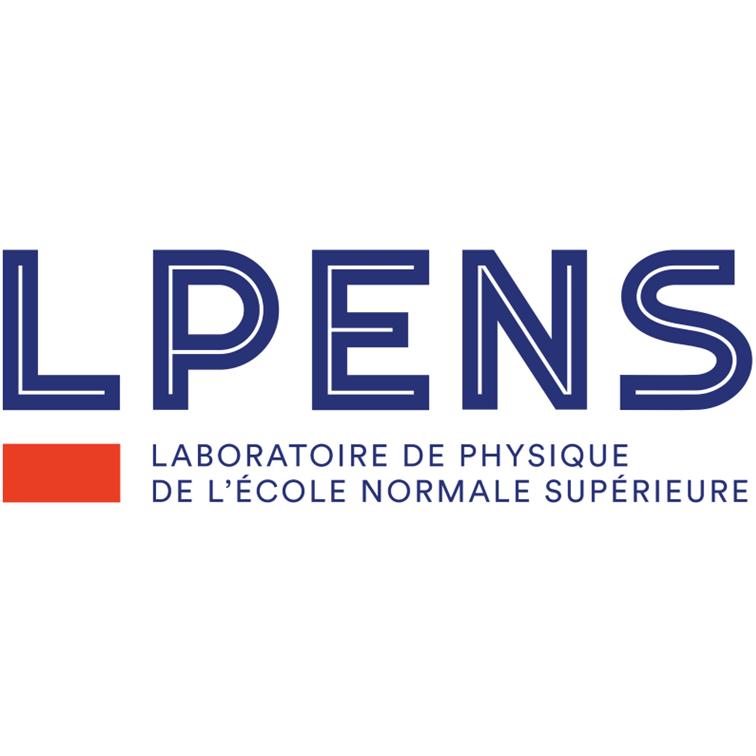Click here to download the IPT 2023 Problem list in PDF format.
If you have any questions about the list, or if you feel that some problems need clarification, please write to us using the contact form. We will publish your questions and our answers below each problem.
Release date: Aug. 30th, 2022.
Last revision: Sep. 28th, 2022.
All the problems, to stimulate a good discussion, have been formulated as open physics questions. That’s why the statement is never too stringent and it is assumed that every phenomenon will be studied both theoretically and experimentally (when possible) with dependence on all the most relevant parameters. More than that, there is not any general understanding of the task condition. If your interpretation of a certain problem condition corresponds to the written one and is interesting enough and your investigation is challenging and broad – the jury members will most likely award you with nice marks. Surely, your team is not expected to spend years on every problem. So you should carefully consider your time budget and choose the most important and interesting parameters to study together with doing your best on both the theoretical model and experimental confirmation.
- Match Counting
How accurately can you determine the number of matches in a matchbox from the sound it makes when you shake it? Can the same methods be applied to a box containing chewing gums?
- Singing Ice
Most of us have tried to make pebbles bounce from the surface of a lake or a river. But if the surface is frozen, the pebbles produce a peculiar sound when bouncing, similar to the sound produced when skating on thin clear ice. Study this phenomenon. Describe quantitative characteristics of the sound and how they depend on the pebble, environmental, and launch parameters.
Q: Equatorial and southern hemisphere countries don’t have access to frozen lakes or rivers. Additionally, the preparation time for the problems doesn’t align with the winter months in the mentioned places. The dimensions of the phenomenon make it impossible to fully reproduce it at a smaller scale inside a laboratory. Doesn’t this represent a disadvantage to the participants in countries without favorable environmental conditions?
A: The formulation of the problem doesn’t ask to travel and make an experimental study in the exact conditions of the lakes, it is aimed to be reproduced and studied inside a laboratory of any place with access to artificial ice (e.g: ice rink). Furthermore, most participants in the northern hemisphere face the same disadvantage: the access to frozen lakes is very limited and requires long trips, as winters have become warmer in the last years. Therefore, this disadvantage is not unfair to those in a different location. - Honey holding on to a spoon
One may prevent honey or other viscous fluids from dripping off a spoon by rotating it around its long axis. But if one tries the same trick with water it does not work. Investigate how the liquid properties determine whether one can observe this phenomenon.
- Stuck metallic spheres
Fill a bottle with small metal/plastic spheres with diameters of the same order of magnitude as the size of the opening. Try to pour the spheres out of the bottle by turning it upside down. Similar to pouring salt from small openings, one can see that after a certain time the spheres become stuck and stop pouring out. Investigate the phenomenon. What is the average time it takes before the system becomes stuck? What bottle shapes can prevent the system from getting stuck?
- Pringles stack ring
It is possible to build structures by stacking Pringles on top of one another in various configurations. What are the physical parameters that allow some geometric patterns to be constructed? What is the largest stack ring that can be built? What maximal weight can it support?
- Flapping flag
Study a flag (or any piece of fabric and other sheet materials) hanging down while being subject to a uniform wind. Under what conditions does it start flapping? Build the most accurate anemometer based on the sound of the flapping flag. - Gravity defying lip gloss
Under certain circumstances, lip gloss appears to defy gravity. Investigate this phenomenon. What is the highest velocity of ejection, maximal branch length, and longest shooting distance of a typical commercial lip gloss?
- Mendocino meter
The Mendocino motor is a solar-powered magnetically levitated electric motor. Can one make a precise illuminance meter based on this motor?
- Spinning droplets
One can make small water droplets rotate over a hydrophobic surface by making various hydrophilic patterns over them. What properties of the liquid (not necessarily water) can we extract from this type of experiment? Optimize the setup to maximize the rotational speed of the droplets.
- Magnetic gears
The coupling of mechanical gears is usually done through their teeth, but an equivalent mechanism can be made using magnets, so that the gears do not touch each other. Explain how the device works and explore its limitations. How does it depend on the arrangement of the magnets?
- The chalk trick
It is possible to draw continuous lines in a blackboard with chalk. However, by changing the angle of contact, the line drawn on the board becomes a dotted line, though the movement is still continuous. What parameters from the relative movement between the chalk and the board can be inferred from the resulting trace? Is it possible to infer anything about the dimensions of the chalk?
- Dancing lights
Put a membrane with a mirror over a speaker. Then project the reflection of a laser pointer over a screen. By driving the speaker with single or multiple frequencies you may observe lines and shapes projected in the screen. Given a closed trajectory in 2D of a single line, find the input on the speaker required to “paint” the line. Can you also “rotate” the line as you desire? Investigate the limitations.
- Glass halo
Glittering circles can be seen when light from a source with small angular size passes through a glass. On closer examination they appear to be composed of small scratches and structural inhomogeneities. In some cases, specific rays can be seen, diverging from the light source (left part of the photo). Under which conditions such circle halos and lines can be seen? Investigate their geometrical properties and what shapes you can engineer.

- Bubble love and tensions
When two soap bubbles collide, they may rebound or coalesce. Find the conditions for both phenomena to occur.
- Fire-shot-fire
It is well known that a directed air blast can suppress fire. Usually such air blasts are directed by guiding the air through a pipe. Determine the parameters of the pipe to extinguish fire from maximum distance (measured from the end of the tube closest to the fire) using only your breath. Perform experiments on the fire from a candle.
- Unstable levitation
It is possible to levitate a magnet in a stable way without a superconductor or control system using a magnet rotating at high speeds. Investigate the limitations and determine if it is possible to levitate two magnets at the same time. The levitated magnets should not touch each other.
- Graphite plasma lamp
When a graphite rod is placed in a microwave oven, one can observe plasma formation at the tip of the rod. Investigate the duration of the phenomenon and the influencing parameters (microwave power, rod geometry and material, volume of the containment bowl, etc.). Investigate the duration of the plasma phase without burning the graphite rod: can we create an infinite lamp?














